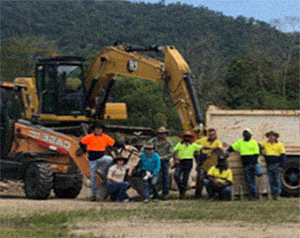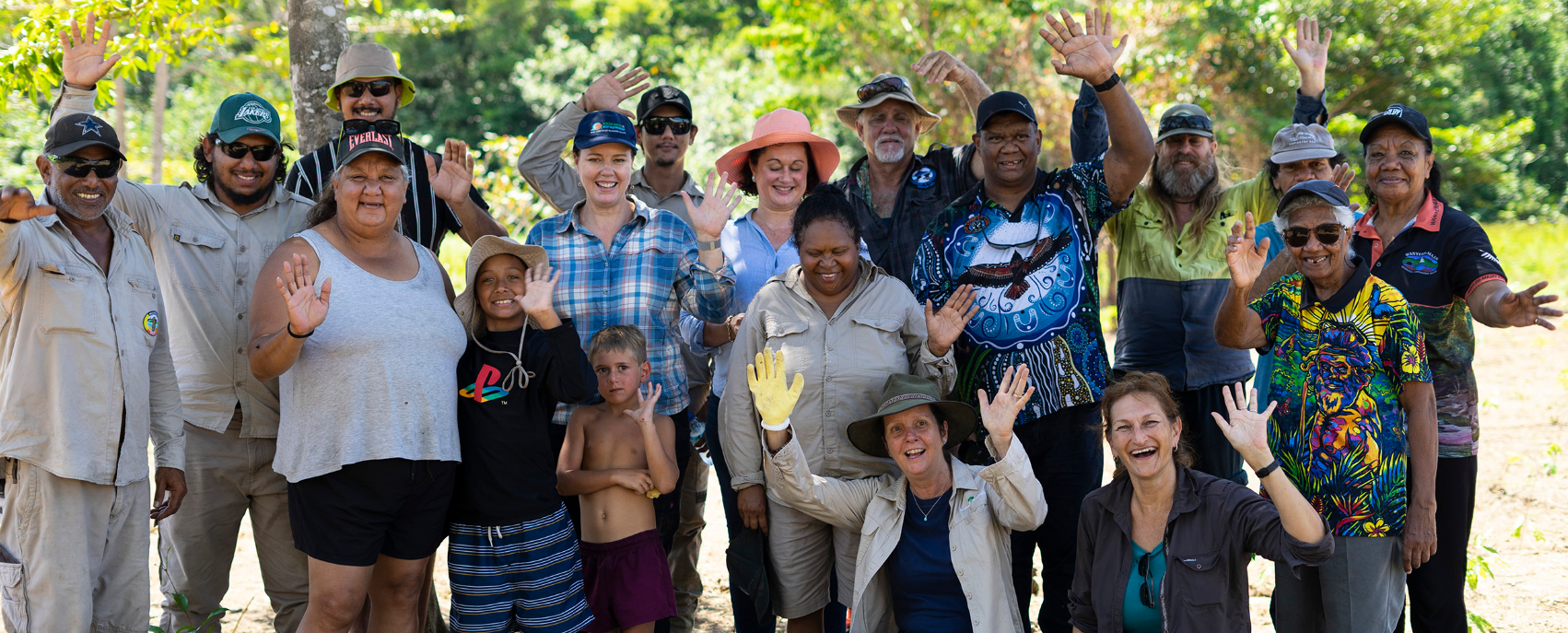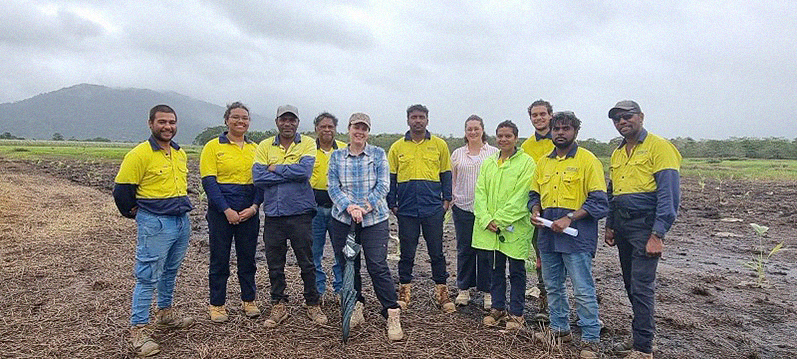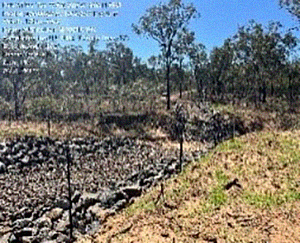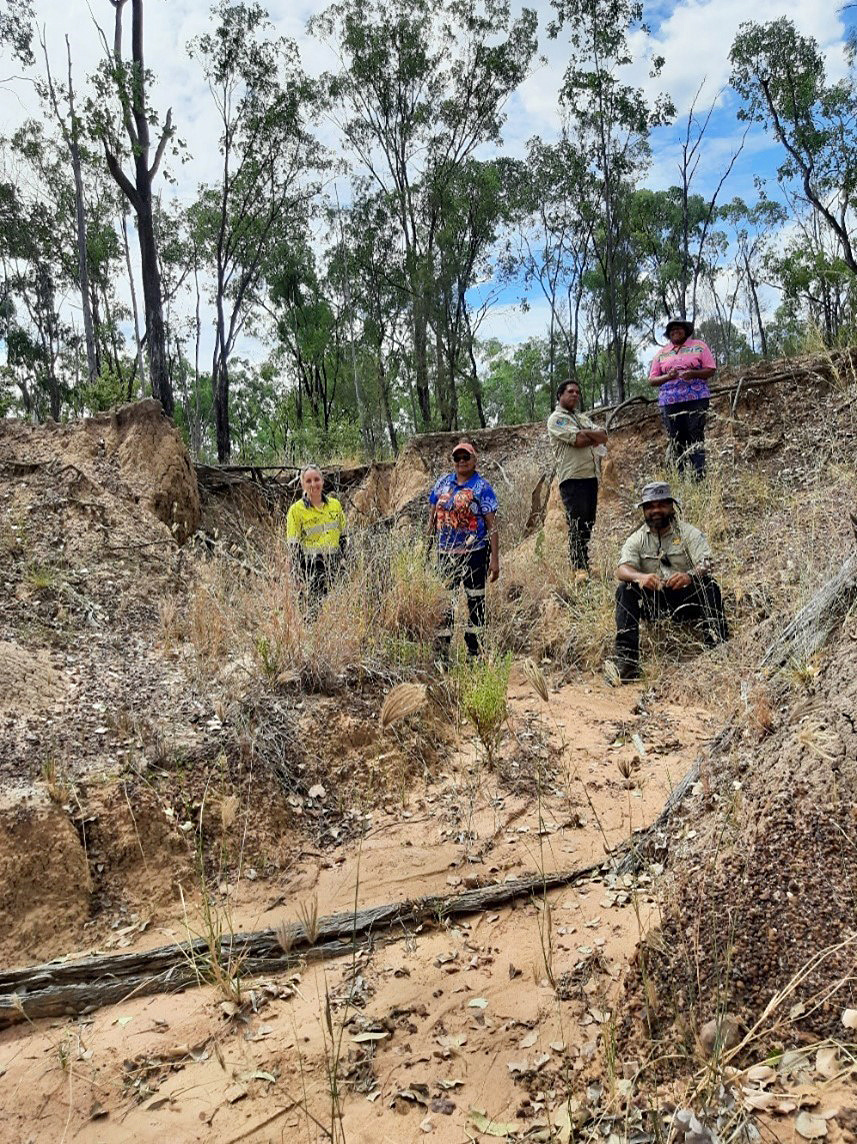The Queensland Government's Reef Assist program commenced in 2020.
In the last couple of years, it's had a really strong focus on environmental projects.
Plus, creating regional jobs, a lot of the people who've been employed came from no employment before and Reef Assist has given them training.
And so our hope is that people will go on to other employment and take their skills and,
build their career going forward.
Reef Assist has to have a strong environmental outcome. We want improved water quality.
We'd like to see the reef assist program to carry on.
The part that it delivers most of all is the training and employment opportunities.
And that skills base, particularly building that skills base, for people who are going to manage Country in later years.
And I think that's the most important thing is it’s given the opportunity for us to train people
in relevant projects and relevant skill sets that fit those projects.
I'm a part of the Wanjuru-Yidinji nation here too, as well. I did some leadership training, did my ACDC, tractor work, but yeah.
Following my father's footsteps, he was in the national parks. So that's good to follow in their footsteps and, do it with the mob as well.
Restoring country and, trying to get it back to what it once was.
It's been a fantastic program from the point of view of environmental, social, economic and cultural outcomes.So this has been a real game changer for them.
Reef Assist really did help to build regional skills for that environmental remediation space.
And essentially what we've been able to do through the funding provided from Reef Assist is build really skilled contractors locally.
So that acts to improve water quality over time and also improve the resilience of the Great Barrier Reef.
So Reef Assist has been part of a large scale, broader project between our partners to build large scale wildlife habitat corridors.
We have people that have been employed through the program for about 4 to 5 years now.
So this was an alternative route for Landcare management.
Our program with Reef Assist was called Business Activation with First Nation engagement.
What we set out to achieve was to work with industry in Townsville to build something that was long term and sustainable.
So some of the outcomes were continuous employment of over 25 crew, various around 20 sites across the catchment, all working towards improving water quality in the Great Barrier Reef.
So we got involved with Reef Catchments through Pioneer Landcare.
We very quickly noticed that there was quite a number of animals that were accessing the creek and using the creek as a water source.
So we realised that it was really important for us to revegetate. And, protect the creek from the erosion and all the weeds that had kind of overgrown into the creek.
The Reef Assist 2.0 program, enabled enabled six Madjaybana Rangers, to upskill, extensive training.
Our highlight was partnering with Mulgrave Landcare and involving the wider Babinda and Gordonvale communities.
Pursuing the Reef Assist program, so it helps our Indigenous Rangers.
A big part of why we want to look after water is because we have so much here
to look after and to be working on Country, back on Country, is something I hold very highly.
This is one of the few programs that has a really strong employment focus.
And, we need train people for the future. We need workers and people who understand how to do on-ground work.
It's creating a great legacy of people who are employed, who are passionate, who are skilled about the environment to make improvements to the Great Barrier Reef catchment.



